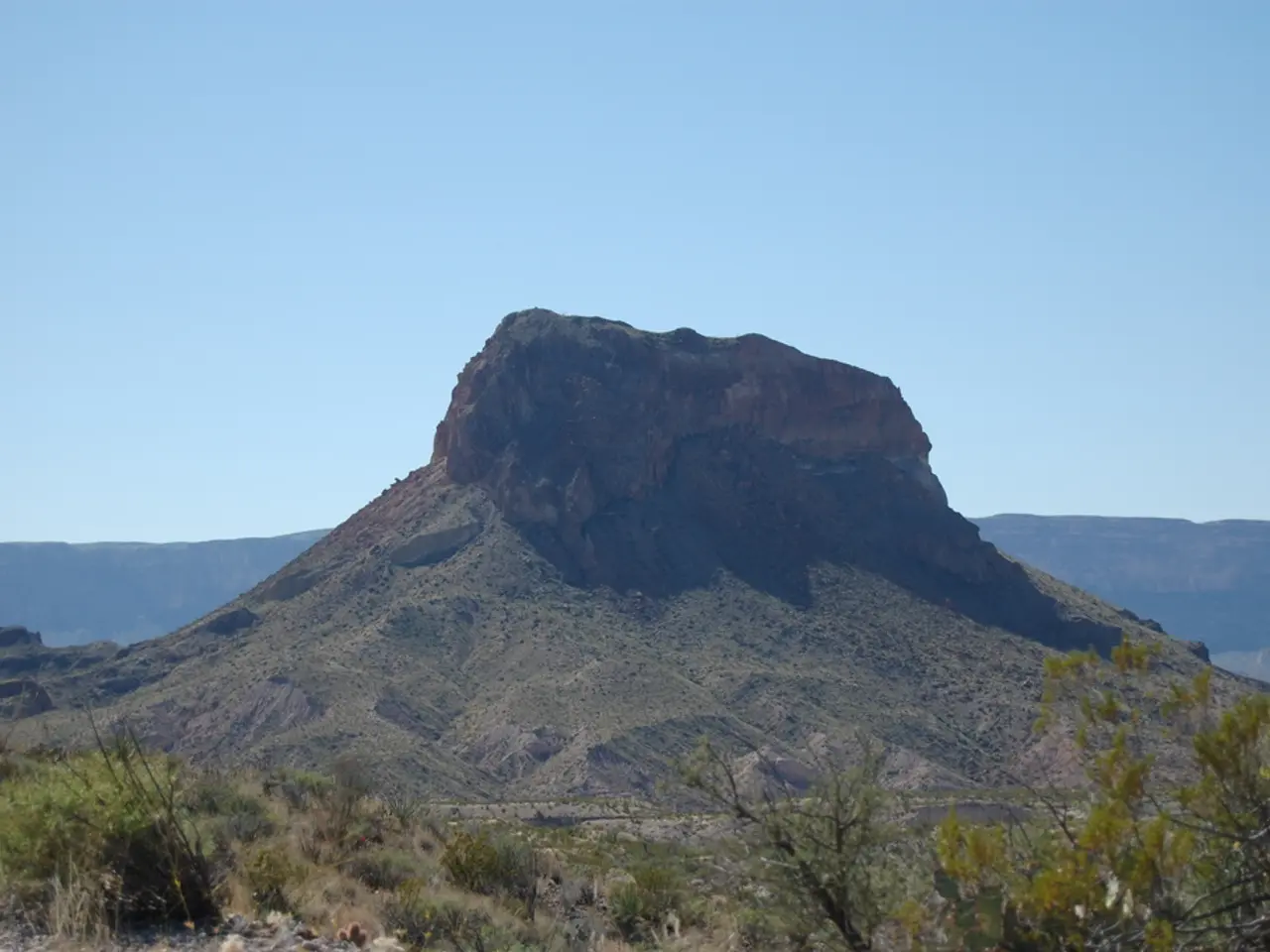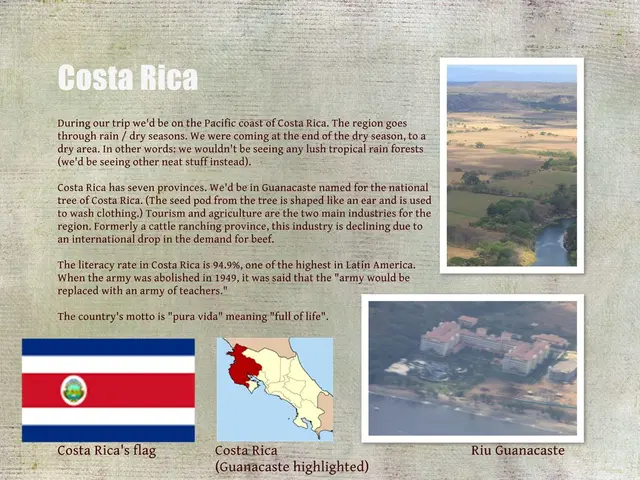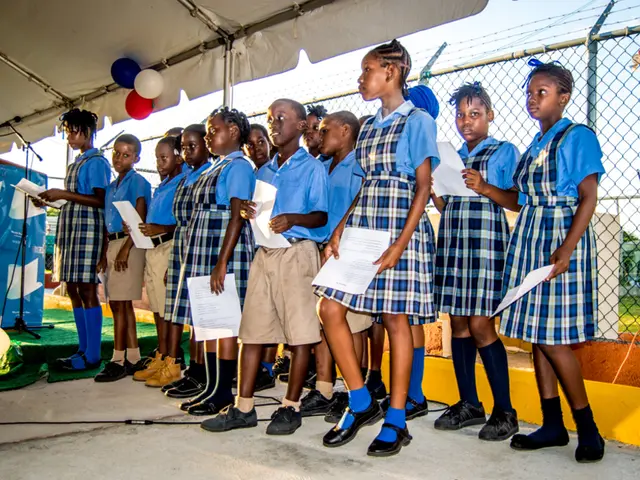Supereruption of Yellowstone: Detailing the Sequence of a Massive Volcanic Eruption
**Headline:** Yellowstone Caldera: Current Status and Future Implications
The Yellowstone Caldera, a significant volcanic system located in the United States, continues to be monitored closely by the U.S. Geological Survey (USGS). Despite recent activity, the caldera is not currently showing signs of an imminent eruption.
**Current Status**
Recent seismic and deformation data indicate that the Yellowstone Caldera is experiencing normal levels of earthquakes and a seasonal pause in caldera subsidence. Furthermore, imaging of the magma chamber beneath the caldera does not suggest any significant changes that would indicate an imminent eruption.
**Future Implications**
While the possibility of a future super-eruption cannot be entirely ruled out, several factors mitigate the immediate risk. Advanced monitoring systems track seismicity, gas emissions, and deformation, providing early warnings of potential changes. A "giant magma cap" discovered recently at Yellowstone acts as a barrier, helping to prevent large-scale eruptions by sealing off the magma chamber.
Moreover, the ongoing hydrothermal and geothermal activity, such as small eruptions at Steamboat Geyser and Black Diamond Pool, indicates that the system is venting without a large-scale buildup of pressure.
**Long-term Considerations**
Historically, Yellowstone has experienced three major eruptions over the past two million years, with each cycle typically lasting about three-quarters of a million years. If a super-eruption were to occur, it would likely be preceded by increased seismicity and gas emissions, which would be detected by current monitoring systems.
Research on past eruptions at another supervolcano, Mount Toba in Indonesia, suggests that warning signs could be minimal, offering little to suggest that a world-changing eruption was on its way.
**Key Points**
- The caldera is currently experiencing normal levels of seismicity and deformation. - Recent imaging does not suggest any significant changes indicative of an imminent eruption. - Advanced monitoring systems help in early detection of potential changes. - A "giant magma cap" acts as a barrier to prevent large-scale eruptions. - Current activity indicates that the system is venting without a large-scale buildup of pressure. - The history of Yellowstone's eruptions suggests that a super-eruption would likely be preceded by increased seismicity and gas emissions. - Research on Mount Toba indicates that warning signs could be minimal.
- The latest research in space-and-astronomy indicates that vigilant monitoring of Yellowstone Caldera's ongoing activity could potentially help us better understand volcanic behavior, not just on Earth but also in other celestial bodies undergoing similar processes.
- For those interested in science, the Yellowstone Caldera's state offers an opportunity to delve into the mysteries of our own planet and the forces shaping it, fostering a deeper appreciation for Earth's natural wonders in education-and-self-development.
- Investors must maintain a keen eye on general-news, as geological events like Yellowstone's status could have far-reaching financial implications on industries like real estate, insurance, and emergency response services should any calamity occur.
- Nature enthusiasts can find solace in the knowledge that, for the time being, Yellowstone Caldera's current state means that its natural beauty continue to attract tourists and preserve wildlife habitats for the foreseeable future.
- In terms of lifestyle, the ongoing monitoring of Yellowstone Caldera highlights the importance of advanced technology in ensuring the safety and wellbeing of communities, providing a valuable lesson in the necessity of adapting to our changing environment.
- The future of medical-conditions may be affected by Yellowstone Caldera's activity, as the release of harmful gases can impact air quality and human health, emphasizing the need for science to collaborate with public health officials in addressing potential threats.
- Meanwhile, enterprise-minded individuals can explore business opportunities in providing services to aid the USGS in monitoring and maintaining the caldera, contributing to the development of technology and infrastructure dedicated to the study and protection of Earth's volatile features.
- As for entertainment, the threat of Yellowstone's potential eruption could serve as a catalyst for creators, inspiring films, books, and video games that captivate audiences with suspense and real-world implications, blurring the lines between fiction and fact.
- In alignment with the mounting climate concerns, the discreet activity of Yellowstone Caldera serves as a reminder of the delicate balance between our planet’s stability and its escalating crises, emphasizing the need for concerted global efforts to combat climate change.
- With science continually uncovering new findings in space-and-astronomy, the study of Earth's geological phenomena like Yellowstone Caldera provides an essential understanding of the cosmos, underscoring the interconnectedness of our environment, lifestyle, business, and the universe at large.




